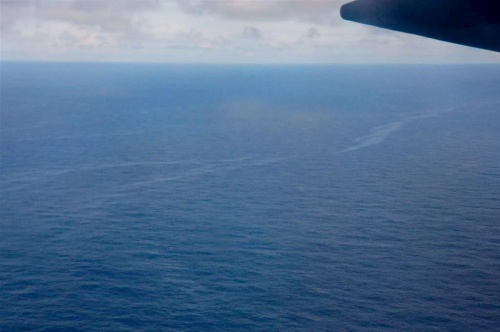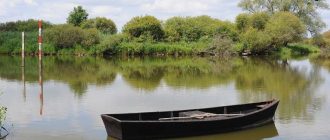Interested in exploring the water bodies of France? Want to know about significant water ways in France? Interested in learning about the significance of French water bodies? Read our guide for facts & information…
Bay of Biscay
The Bay of Biscay is a gulf in the northeast Atlantic Ocean which lies on France’s western coast as well as sharing a border with Spain. The Bay of Biscay garners its name from a province in Spain. France claims part of the coast of the Bay of Biscay and many residents enjoy fishing or other outings on the Bay. The Bay has an average depth of 5,723 feet. The geography of this French water body creates weather that is unique to the region. Under the waters of the Bay of Biscay the continental shelf extends far into the Atlantic Ocean. This feature creates shallow waters and occasionally rough seas in the Bay. As a result of this geography, the Bay of Biscay has some of the Atlantic’s Ocean fiercest weather and large storms, particularly in the winter months.
English Channel
The English Channel is another water body that is significant in France as it separates France from England. The channel joins the North Sea and the Atlantic Ocean; the channel is 560 km long and 240 km wide. The channel not only is home to heavy population on both of its’ coasts but also is interspersed with several islands throughout. In France this water body is not referred to as the English Channel; instead, since the 17th century the French have called the water La Manche, inspired from the Channel’s sleeve shape.
The Loire
The Loire is a remarkable water body in France as it is France’s longest river. The Loire river runs 1013 km in length as it crosses much of the country. The Loire river is for the most part a naturally flowing river as unlike many of the other rivers in Europe there are very few dams or locks to interrupt the river. In France it is also popular for residents to go boating as it is an unobstructed river. The Loire river is also significant in France as the river has occasionally victimized the land with severe flooding notably in 1911.
The Seine
The Seine is another important water body in France; in fact the river is one of the most famous in the country. The Seine is a major slow flowing river and is used as a commercial water way and also for tourism purposes. The Seine flows through the heart of the French capital, Paris, and in Paris alone there are over 37 bridges crossing the river. The Seine is popular in art and for personal pictures as it offers a romantic backdrop for pictures.
The Seine, despite its beauty, is also a potential hazard to the residents of Paris, because of the risk of flooding. In the past the river has flooded but it is estimated that if it were to flood today the damage would exceed 10 billion Euros. The damage would also cut telephone service, as well as electricity and gas to much of the city of Paris. The Seine is a prominent water body in France as it not only flows through the French capitals but also travels through the cities of Le Havre, Rouen, and Rheims among others.





